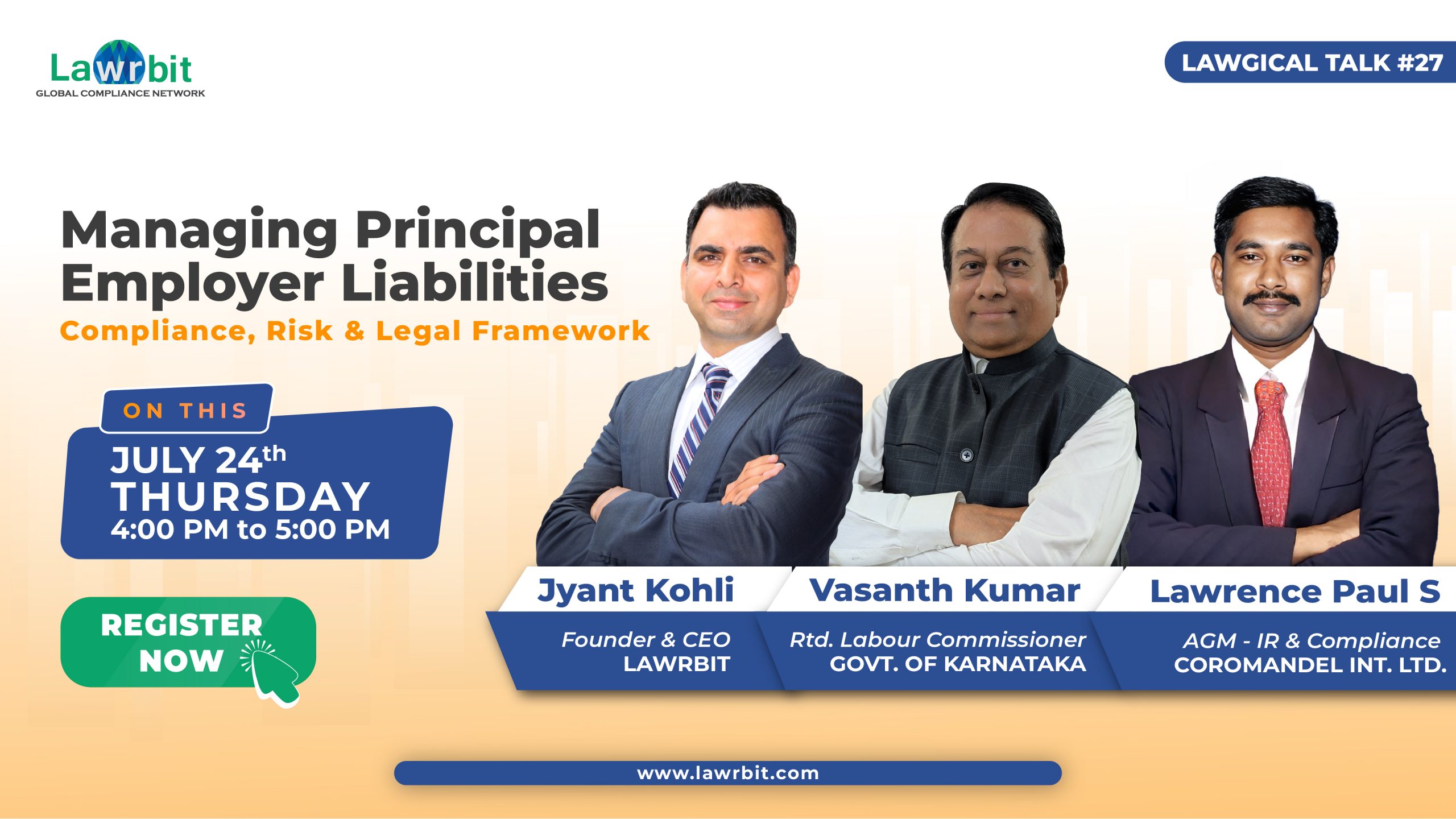Preamble:
Section 139(1) of Income Tax Act, 1961 states that, Every person who
- being a company or a firm or
- being a person other than a company or a firm, if his total income or the total income of any other person in respect of which he is assessable under this Act during the previous year exceeded the maximum amount which is not chargeable to income-tax,
shall, on or before the due date, furnish a return of his income or the income of such other person during the previous year, in the prescribed form and verified in the prescribed manner and setting forth such other particulars as may be prescribed.
As per the current taxation regime, the taxpayers are required to furnish their ITRs in the following forms depending upon the type of person and their respective nature of income:
- Form No. ITR-1 SAHAJ:
For Individuals being a resident (other than not ordinarily resident) having total income up to Rs. 50 lakh from salaries, one house property, other sources (interest, etc.), and agricultural income up to Rs. 5 thousand - Form No. ITR-2:
For Individuals and Hindu Undivided Families (HUFs) not having income from profits and gains of business or profession - Form No. ITR-3:
For Individuals and HUFs having income from profits and gains of business or profession - Form No. ITR-4 SUGAM:
For Individuals, HUFs and Firms other than Limited Liability Partnerships (LLPs) being a resident having total income up to Rs. 50 lakh and having income from business and profession which is computed under sections 44AD, 44ADA or 44AE of the Income Tax Act, 1961 (pertaining to special provision for computing profits and gains of business on presumptive basis) and agricultural income upto Rs. 5 thousand - Form No. ITR-5:
For persons other than individual, HUF, company and person filing Form ITR-7 - Form No. ITR-6:
For Companies other than companies claiming exemption under section 11 of the Income Tax Act, 1961
(Pertaining to the Income from property held for charitable or religious purposes) - Form No. ITR-7:
Persons including companies required to furnish return under sections 139(4A) or 139(4B) or 139(4C) or 139(4D) of the Income Tax Act, 1961
(Pertaining to filing of return of income by certain specified entities such as trust, political parties, research association, news agency, mutual fund, college, etc.)
Background:
Currently, ITRs are structured as designated forms wherein the taxpayer is mandatorily required to go through all the schedules, irrespective of the fact whether that particular schedule is applicable to a person. Thus, filing ITRs a time-consuming and complex process for taxpayers.
In order to relook at the return filing system in tandem with international best practices and for simplifying the return filing process thereby reducing the time required for filing returns by individuals and non-business-type taxpayers, the Ministry of Finance (Central Board of Direct Taxes) on November 01, 2022 has proposed the introduction of a common ITR thereby merging all the existing returns of income, except Form No. ITR-7. The Ministry has sought inputs on the draft common ITR from the stakeholders and general public latest by December 15, 2022.
The newly proposed common ITR is intended towards the smart designing of the schedules in a user-friendly manner with a better arrangement, logical flow, and increased scope of pre-filling. This will also aid proper reconciliation of third-party data available with the Income Tax Department vis-a-vis the data to be reported in the ITR, thus, reducing the compliance burden on the taxpayers.
Key Highlights:
The scheme of the proposed common ITR as is applicable for all the taxpayers is elaborated as under:
- Basic information about the Assessee such as Identification details, Residential Status, Details of Income etc. is to be furnished in Parts A to E of the Form
- Schedule TI shall reflect the computation of total income of the assessee under various heads of income viz. Salary, House Property, Business or Profession etc.
- Schedule TTI shall reflect the computation of total tax payable on the total income of the Assessee after all the statutory adjustments and/or deductions
- Details of all the bank accounts held in India at any time during the previous year excluding Dormant Accounts
- Schedule TXP shall reflect the details of Tax Payments made and/or credited to the account of the assessee viz. Advance Tax or self-assessment tax or Tax Deducted or Collected at Source etc.
The proposed common ITR has the following features:
- It is customized for the taxpayers with applicable schedules based on certain questions answered by the taxpayers (wizard questions) that are designed in such a manner and order that if the answer to any question is ‘no’, the other questions linked to that question will not be displayed
- Further, each row contains one distinct value only thereby simplifying the return filing process.
Conclusion:
The proposal to introduce a common ITR by the Ministry is indeed a break through step thereby saving the time and energy of the taxpayers and relieving them from their additional burden of going through all the parts of the ITR irrespective of its relevance to them.
Annexures:
- Annexure A – Draft Income-tax Return (ITR)
- Annexure B – Instructions for step-by-step approach for filing the Income-tax Return (ITR)
- Annexure C – Customized sample Income-tax Return (ITR) as would be filed by a Firm
- Annexure D – Customized sample Income-tax Return (ITR) as would be filed by a Company
Disclaimer
The information provided in this article is intended for general informational purposes only and should not be construed as legal advice. The content of this article is not intended to create and receipt of it does not constitute any relationship. Readers should not act upon this information without seeking professional legal counsel.


